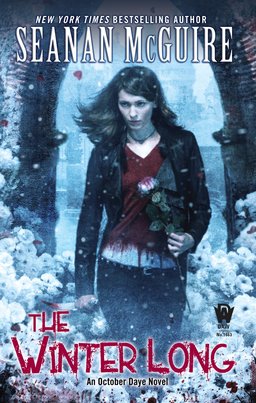“It Is Neither Allegory Nor Fable But A Story To Be Read For Its Own Sake”: E.R. Eddison, The Worm Ouroboros, and Zimiamvia
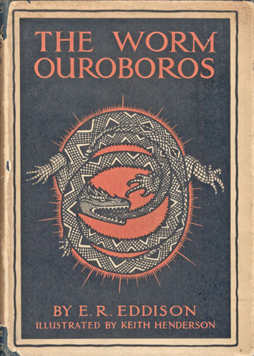 Last August, John O’Neill noted that HarperCollins would be reprinting four classic fantasies by E.R. Eddison: The Worm Ouroboros (first published in 1922), Mistress of Mistresses (from 1935), A Fish Dinner in Memison (1941), and The Mezentian Gate. Gate was unfinished when Eddison died, but he prepared it as best he could for publication before his death, writing a detailed synopsis for the chapters he hadn’t completed. The book was published in 1958 as the synopsis with some finished chapters. A 1992 one-volume reprinting of Mistress, Fish Dinner, and Gate, which together make up a sequence called the Zimiamvia trilogy, added several fragments of chapters found since Gate’s first publication. I have not seen the new printing, so can’t tell if anything more has been added to Gate for the Harper edition. But, as the new printings of the books came out in October, I thought I’d take a look back at Eddison’s best-known fantasy stories.
Last August, John O’Neill noted that HarperCollins would be reprinting four classic fantasies by E.R. Eddison: The Worm Ouroboros (first published in 1922), Mistress of Mistresses (from 1935), A Fish Dinner in Memison (1941), and The Mezentian Gate. Gate was unfinished when Eddison died, but he prepared it as best he could for publication before his death, writing a detailed synopsis for the chapters he hadn’t completed. The book was published in 1958 as the synopsis with some finished chapters. A 1992 one-volume reprinting of Mistress, Fish Dinner, and Gate, which together make up a sequence called the Zimiamvia trilogy, added several fragments of chapters found since Gate’s first publication. I have not seen the new printing, so can’t tell if anything more has been added to Gate for the Harper edition. But, as the new printings of the books came out in October, I thought I’d take a look back at Eddison’s best-known fantasy stories.
The Worm Ouroboros is widely and justly acclaimed as a classic. It deals, broadly, with the conflict on the planet Mercury (any resemblance between this Mercury and the real planet Mercury is purely coincidental) between Demonland and Witchland. The Demons and Witches — and Imps and Goblins — are all basically human, but their kings and champions are legendary heroes on a Homeric or Arthurian scale, while the setting echoes the Elizabethan and Jacobean era in its culture and especially its elaborate language. The plot follows four great heroes of Demonland as they quest across deep seas and high mountains for a means to defeat the armies of the Witch-king Gorice, while the in-fighting of his scheming court provides a kind of counter-plot centering around the ambiguous figure of the exiled Goblin Lord Gro.
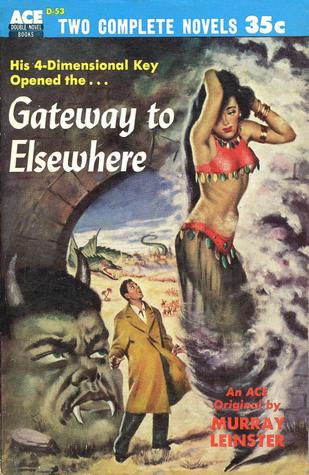
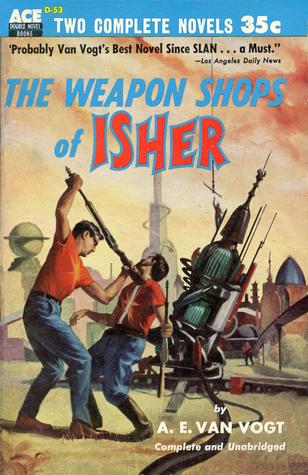

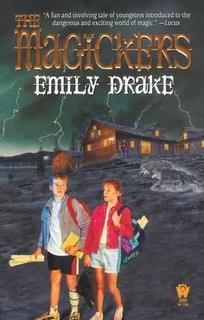
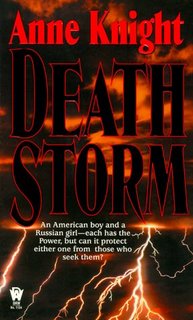
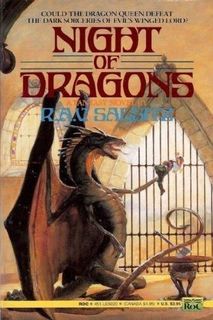
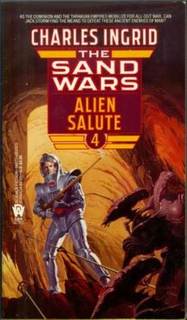
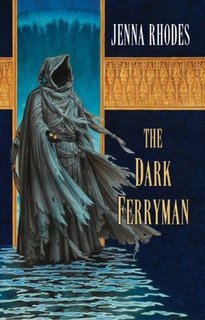
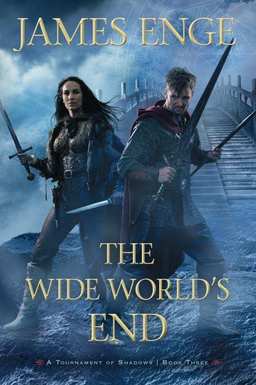
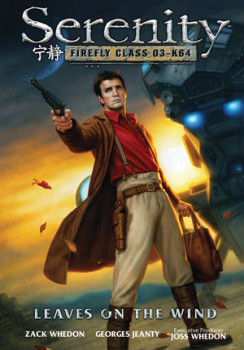
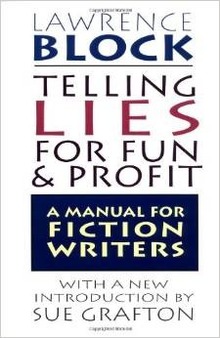

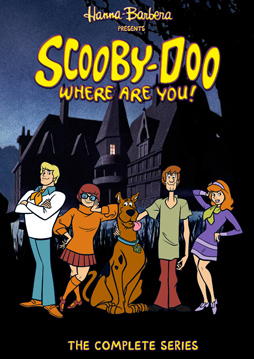 It’s been a while since I posted anything here at Black Gate. There’s no one reason; a number of things have kept me busy or occupied, most recently a persistent head cold and ear infection. I mention this because being under the weather has indirectly to do with the following post. Firstly, being sick led me to watch some TV shows which I now want to write a bit about. Secondly, my mental state shaped the way I thought about what I experienced; I can only hope now to capture the sense of coherence I had then. This essay will be more shapeless than usual, I’m afraid, an attempt to explain the connections that drifted through my mind between Alan Moore, Doc Savage, and Scooby Doo, among others.
It’s been a while since I posted anything here at Black Gate. There’s no one reason; a number of things have kept me busy or occupied, most recently a persistent head cold and ear infection. I mention this because being under the weather has indirectly to do with the following post. Firstly, being sick led me to watch some TV shows which I now want to write a bit about. Secondly, my mental state shaped the way I thought about what I experienced; I can only hope now to capture the sense of coherence I had then. This essay will be more shapeless than usual, I’m afraid, an attempt to explain the connections that drifted through my mind between Alan Moore, Doc Savage, and Scooby Doo, among others.